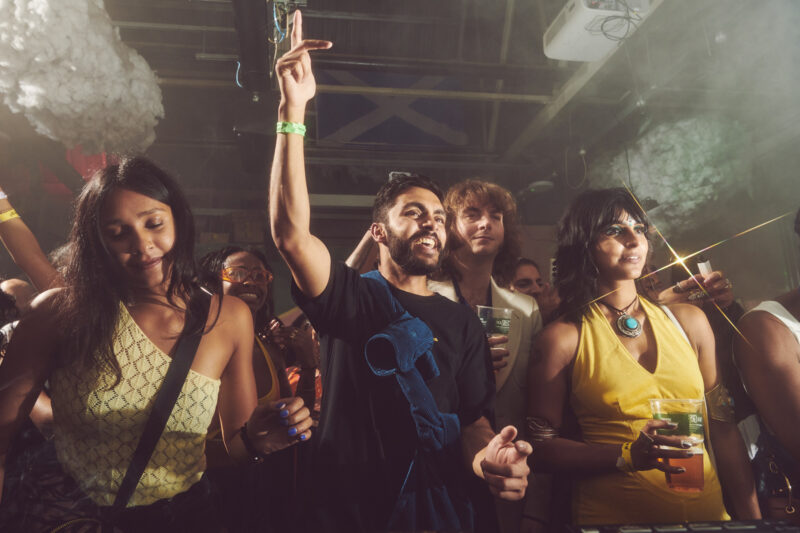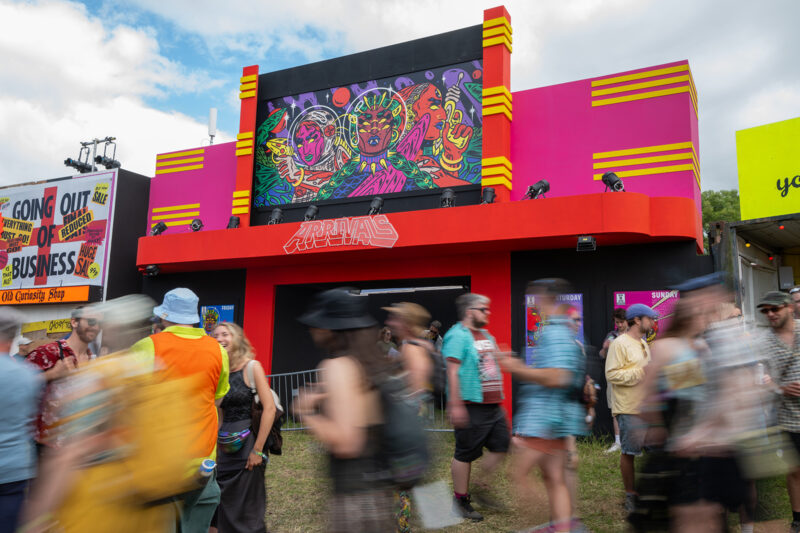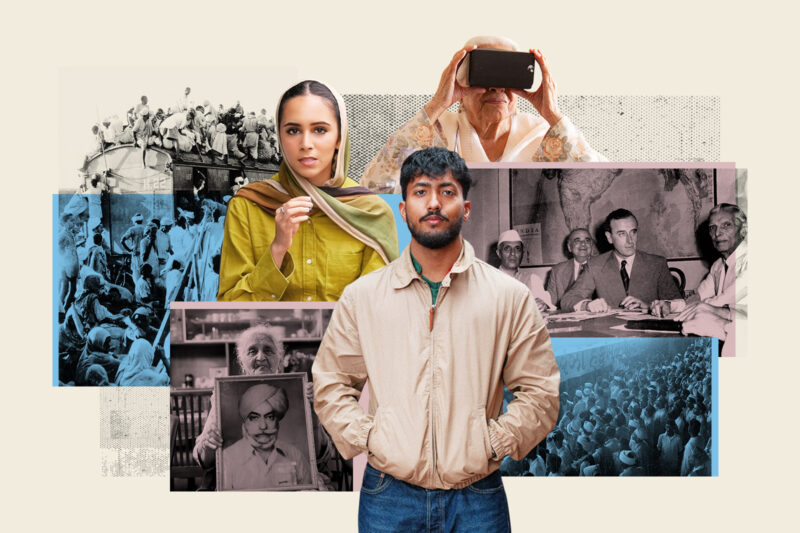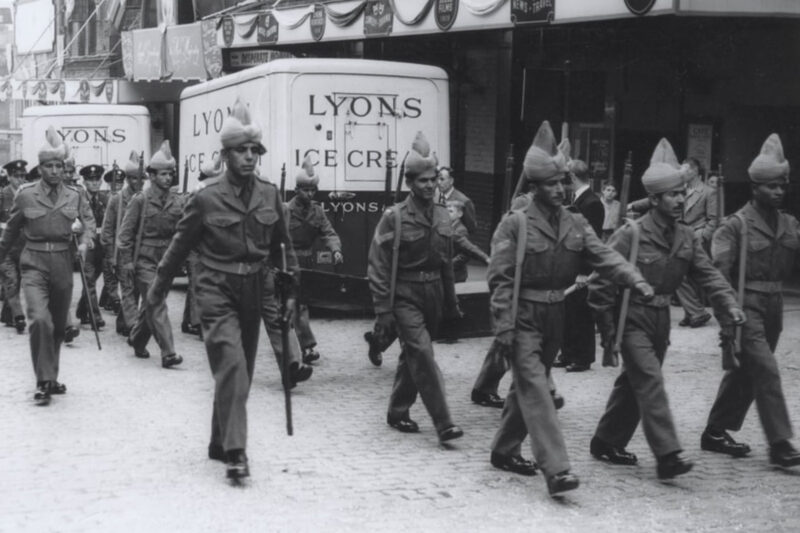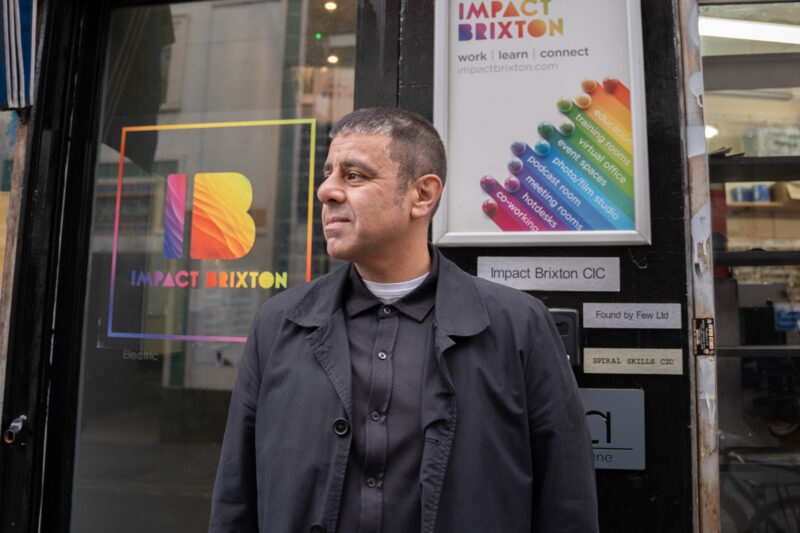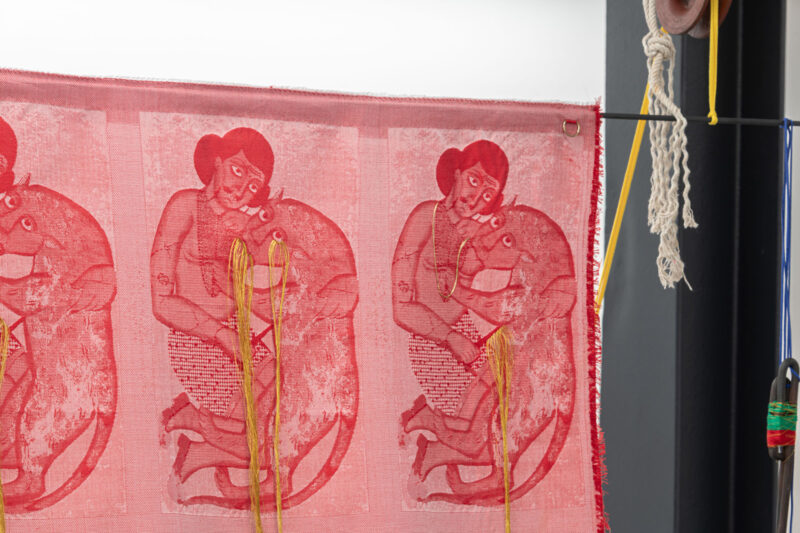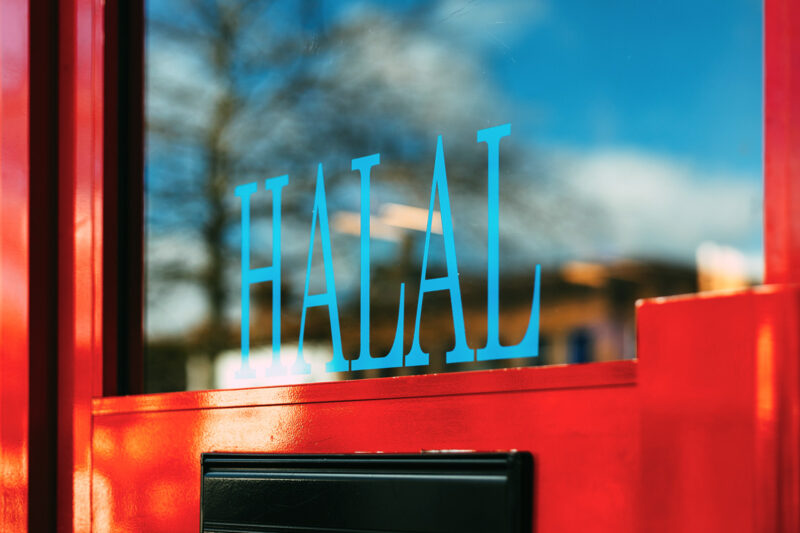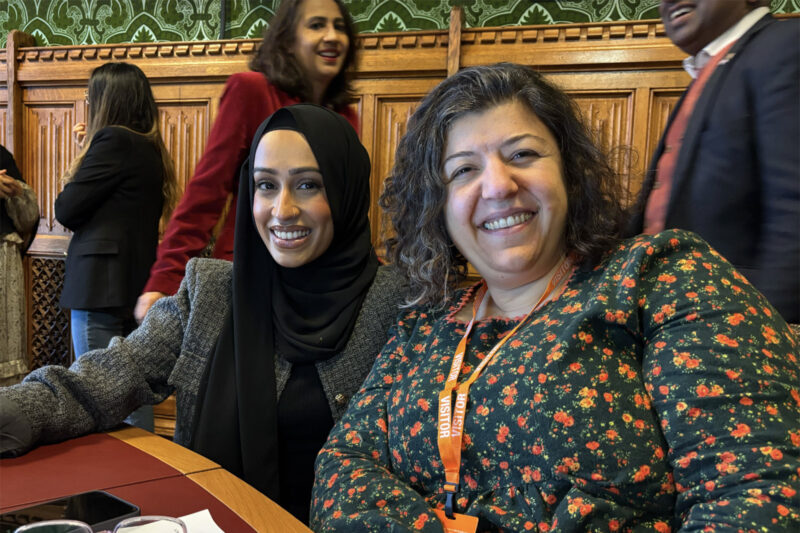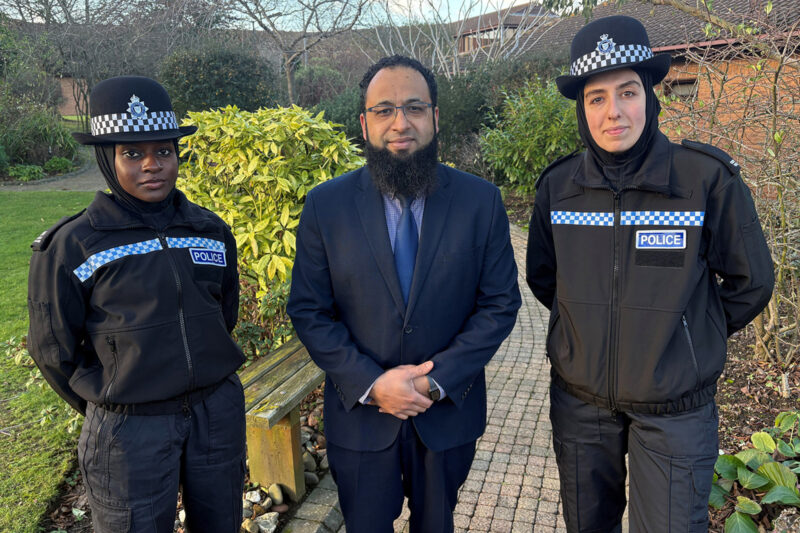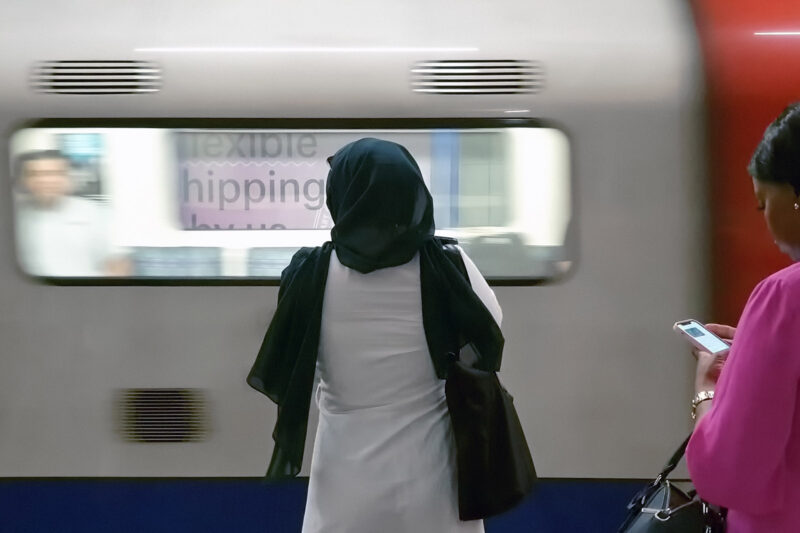‘What’s happened in Brick Lane surpasses gentrification’
Tourists flock to Banglatown’s Instagram-friendly cafes and vintage shops. But is the area’s British Bangladeshi identity being erased?
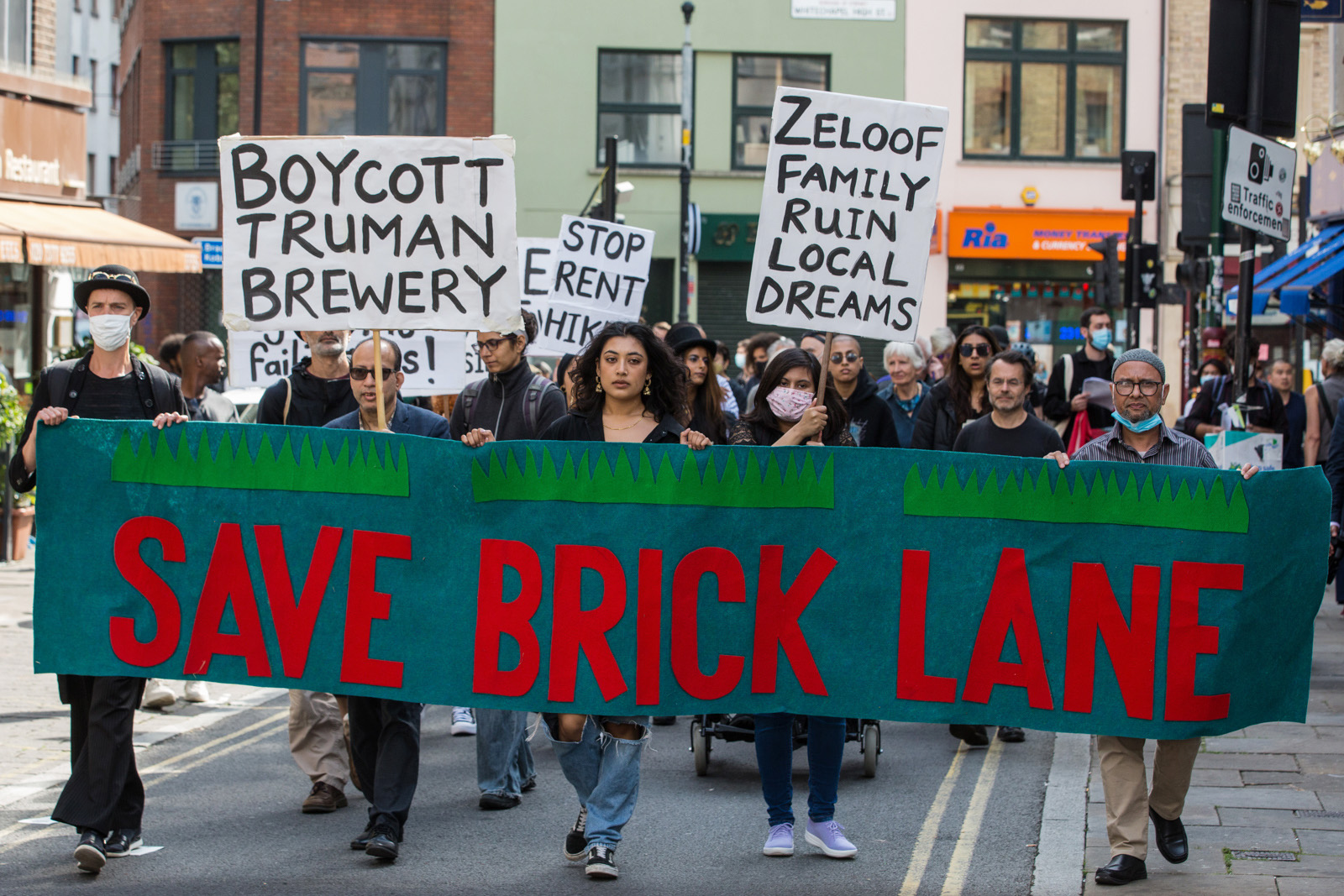
When Guljar Khan set up his first restaurant on Brick Lane in 2004, the UK’s curry sector was thriving. Some of the UK’s leading TV chefs, including Jamie Oliver and Nigella Lawson, were introducing mass audiences to hot spices and “pukka pickles”. Multiculturalism was the buzz term of the day: in a speech about British identity in 2001, then-foreign secretary Robin Cook had declared that “chicken tikka masala is now Britain’s true national dish”.
Brick Lane’s Banglatown was at the heart of this boom — and the surge of interest in British Asian culture, often led by young British Asians themselves, was not limited to food. In nearby Hoxton Square, Talvin Singh’s Anokha club night was groundbreaking from the late 1990s, while Monica Ali’s acclaimed 2003 novel Brick Lane immortalised the area’s multicultural identity.
But in the intervening 20 years, Brick Lane and the east London borough of Tower Hamlets have experienced seismic changes. According to one study published by the Runnymede Trust, Tower Hamlets saw the most gentrification of anywhere in London between 2010 and 2016. As the area has become more desirable — home to trendy cafes serving up vegan food and shops selling expensive artisan chocolate, office blocks and chain stores — rents and business rates have soared by up to 70%. At the same time, more than half of the Bangladeshi restaurants on Brick Lane have closed in the last 20 years, according to the Runnymede Trust.
“Local rent rises are killing us,” said Khan, who in addition to owning two curry houses on Brick Lane is chairman of the Banglatown Business Association.
Less than a mile long, Brick Lane marks the foundations of British Bangladeshi culture. “It’s a mini-Bangladesh,” said Khan. Tower Hamlets is home to the largest concentration of Bangladeshis in England and Wales. The 2021 census showed that 43,561 Tower Hamlets residents were born in Bangladesh; that’s around a third of the borough’s population, rising to more than 40% in the Spitalfields and Banglatown ward, where Brick Lane sits.
The steady demise of Brick Lane’s traditional curry houses is just one sign of drastic changes to the area. Anecdotal evidence suggests that younger British Bangladeshis are being priced out. This is not surprising: a 2020 report by the Runnymede Trust found that Bangladeshi households have, on average, 10 times less savings than white British households. If people move, that means less business for the local south Asian supermarkets, fewer worshippers at the mosque and fewer people to advocate for community spaces over corporate ones.
Debates about urban change are often divisive, and Brick Lane is no exception. In recent years, this has crystallised around plans by Zeloof Partnership to develop the famous Truman Brewery, which sits on the northern half of Brick Lane. The site currently houses a number of independent shops, galleries, an indoor food market, bars and restaurants. In September 2021, Tower Hamlets council approved Zeloof’s plans to build a five-storey mixed-use complex in and around a disused car park beside the Truman Brewery complex. If it goes ahead, the mall will be home to dozens of brand-name chain stores and four floors of office space.
A coalition of activist groups campaigning under the banner Save Brick Lane argues that the new development continues a corrosive trend towards the gentrification of Brick Lane. One of the campaign’s key demands is that the development should include social housing: at present, people can languish on waiting lists for council housing for up to 13 years.
“Change is inevitable. But why does change never include us?” said Fatima Rajina, an academic at De Montfort University and co-founder of the British Bangladeshi activist group Nijjor Manush, which is part of the Save Brick Lane campaign. “Why is it that Truman Brewery wants to make office spaces, build retail units and cafes and restaurants and all of that? Who is it for? It’s for tourists. They come to Brick Lane to see street signs in English and Bangla, which is cute for Instagram. But what is left for the people who are still living there?”
Not everyone agrees with the Save Brick Lane campaign. Khan cited the fact that many of Nijjor Manush’s members are not from Brick Lane (Rajina grew up in Luton) and argues they are doing more harm than good. “They don’t live round Brick Lane. They’re not residents, they’re not businessmen, but they think they’ll come and save Brick Lane,” said Khan. He welcomes the Truman Brewery’s plans, and hopes the development will bring more customers to the Bangladeshi businesses at the southern end of the street. “Everything needs a change, right? We have to move with the times. We need new development around the area for it to survive and prosper.”
In a statement, Zeloof Partnerships said: “We recognise the importance of consulting the community and remain committed to working with the community as part of our presence in the area, including stakeholders such as the Banglatown Business Association. We are confident that our permitted and ongoing development plans for part of the estate will support and protect local businesses, improve the area for local residents, and continue to add to the vitality of Brick Lane as whole.”
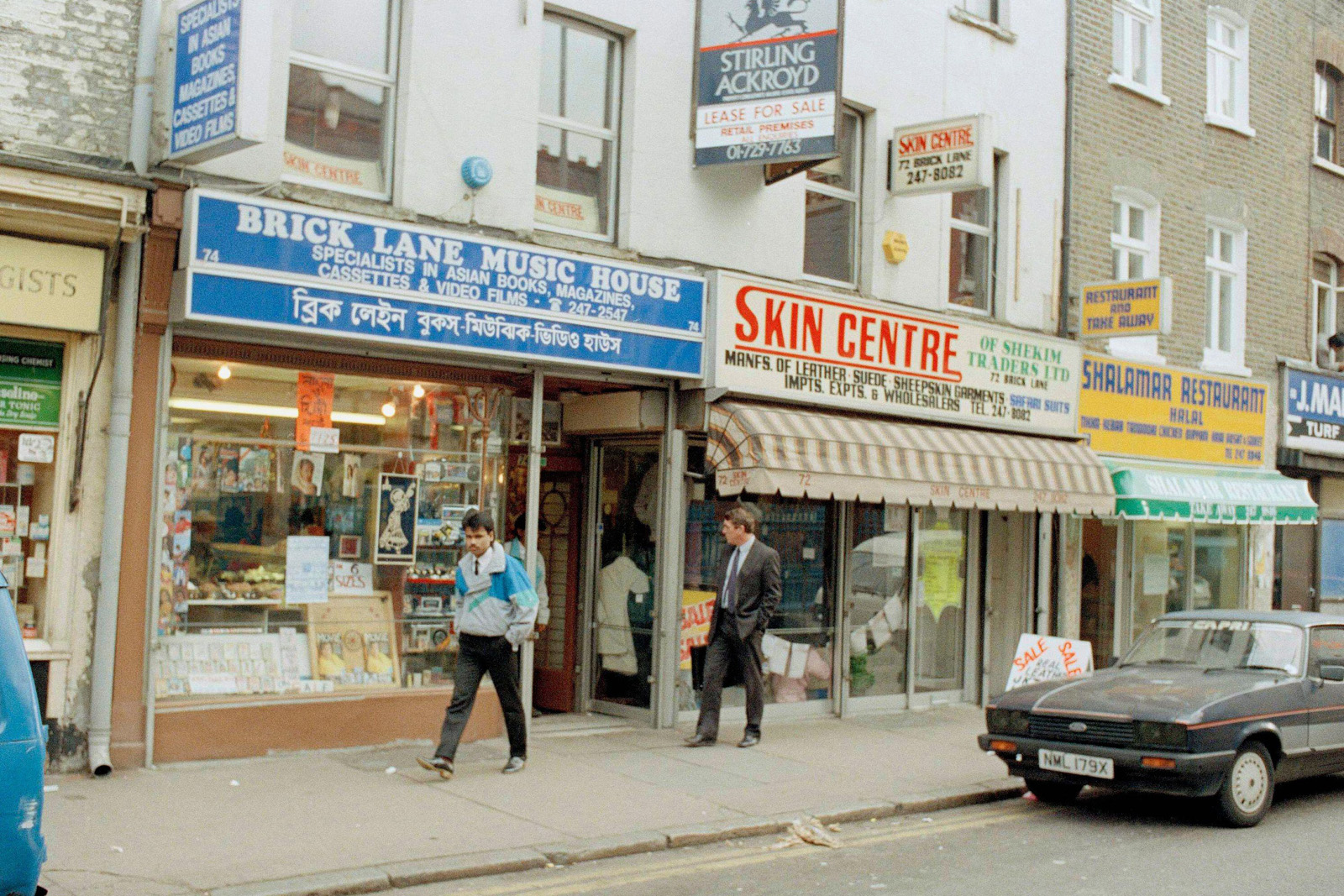
The origins of Banglatown
The future of the Truman Brewery is just the latest flashpoint in a long debate about London’s evolving identity and how that impacts its residents.
Brick Lane has been both a slum and a sanctuary for minority communities over many centuries. On an overcast summer’s day, I walked down Brick Lane with Saif Osmani, an artist and architect who sits on the board of the Spitalfields Housing Association, and is involved in the Save Brick Lane campaign. “You’ve got these little snapshots of history,” he said, pointing to a side street where the House of Annetta, a Huguenot house built in 1705, still stands: in that period, Brick Lane was home to Huguenot silk-weavers escaping religious persecution in France. In the 19th century, it was a refuge for Irish migrants fleeing the famine, and then to Jews escaping pogroms in Russia and eastern Europe.
Brick Lane has also been home to generations of South Asian sailors; the East End’s docks handled goods traded between British colonies, including tea grown on Sylheti plantations and jute processed in the mills of Calcutta. In the 1960s and 70s it became home to Bangladeshi migrants, attracted by cheap places to live, and work opportunities in the then largely Jewish-owned rag trade. The Brick Lane Mosque exemplifies these layers of migration; first it was a chapel, then a synagogue, then a mosque. “It’s every Abrahamic faith in one building,” said Osmani. “That’s quite telling of the community.”
But the area was not always harmonious. When long-time Brick Lane resident Halima Begum’s family arrived from Sylhet in the 1970s, they were greeted with racism and hostility. “The National Front would throw things – petrol bombs, bits of pork – through our letterbox,” she recalled. “My mother used to take me to school and elbow her way out through skinheads who would jeer and attack us. As a child I don’t think I understood how brave that was. It was an everyday act of resistance which gives a sense not just of how strong my mum is, but our community too.”
Like many Bangladeshi families, the Begums lived in substandard housing. “Tower Hamlets council was very racist then, and wouldn’t house Bangladeshi families,” she said. Eventually, her father and some friends began squatting in an abandoned housing block. The family moved in from the condemned space they were previously squatting on Petticoat Lane, and once they’d claimed possession, started to pay rent to the council. “We had to fight even for council housing that nobody else wanted,” she said.
Begum still lives in the same flat today, despite an illustrious career in the charity sector. She is currently director of Oxfam UK, and previously headed the Runnymede Trust. “No amount of social mobility has taken away what Brick Lane means for me,” she said. “That early period was so foundational for Bangladeshi identity — we had to defend our right to live in this country. Brick Lane remains sacred.”
Over time, local Bangladeshis progressed from factory jobs to opening their own businesses — curry-houses, cash-and-carries, fabric shops. In the mid-1980s a group of Bangladeshi businessmen and political activists pitched the idea of using the name Banglatown for the southern stretch of Brick Lane populated by curry restaurants. The plan was to replicate the economic success of Chinatown in London’s West End. With support from the council and regeneration funds, Banglatown was born. Today, street signs are written in both English and Bengali and the Banglatown arch at the southern end of the street is painted in the red and green of the Bangladeshi flag.
In Banglatown’s heyday, in the mid-2000s, there were 60 restaurants on the southern stretch of Brick Lane selling affordable Indian, Bangladeshi or Punjabi food, far surpassing any comparable cluster of restaurants in Birmingham, Manchester or Bradford. By 2020, there were only 23. Over the same period, the northern end of Brick Lane became a draw for artists, young creative types and tourists, populated by Instagram-friendly vintage shops, delicatessens and bars. While the new visitors were initially beneficial to the curry houses, over time more restaurants offering different kinds of food opened up and diverted some of this business. Equally disastrous for the curry houses was a broader move away from traditional British-Indian food towards more regional cuisine.
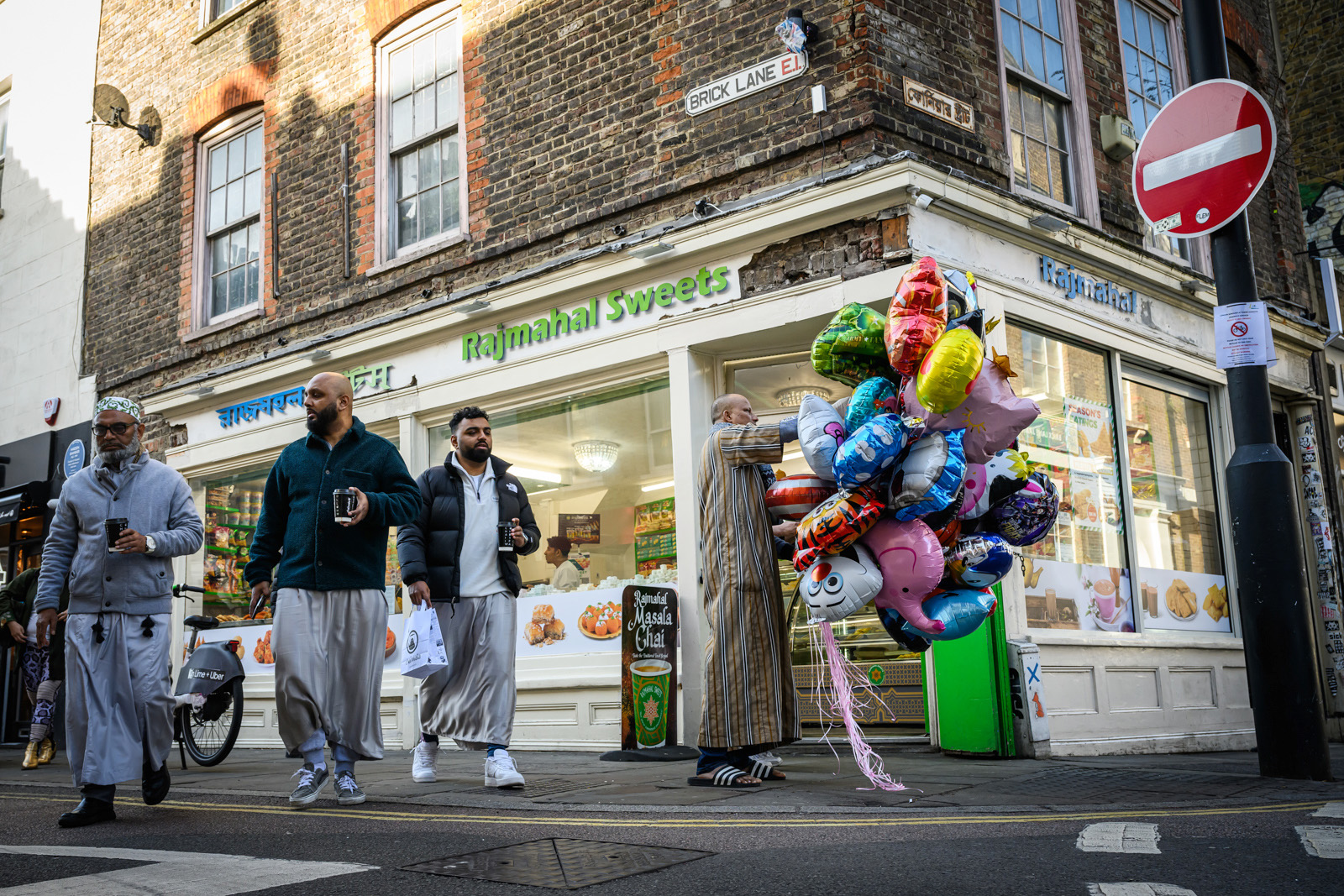
Growth and gentrification
Today, Brick Lane is split into two distinct halves. Near the northern end of the street is the private members club Shoreditch House, where people pay nearly £2,000 a year to sip cocktails by the rooftop pool. The indoor food market at the Truman Brewery is usually packed with tourists and office workers. But Brick Lane gets emptier and visibly more downtrodden at the southern end, populated with traditional “Indian” curry restaurants and large South Asian supermarkets. Colourful street art gives way to battered brickwork and tattered posters.
The impact of the changes in the area are felt far beyond the food and retail sector. New commercial properties and office buildings have diminished already limited green spaces. “The Bangladeshi community here fought for home and belonging for so long, and decisions have been made that really hurt,” said Begum.
Tower Hamlets is in the throes of a housing crisis that’s bad even by London standards. Average house prices have shot up from around £150,000 in 2000 to more than £450,000 in 2024. The borough has more than 19,000 people on the waiting list for social housing with only 1,800 new tenancies available each year. Private rents have shot up, while the proportion of residents renting from private landlords has increased significantly, in part a legacy of former Conservative prime minister Margaret Thatcher’s right-to-buy policy.
Some Bangladeshis have reaped the benefits of this. Khan, the restaurateur, grew up in Tower Hamlets, but moved to Redbridge 15 years ago. “It’s the same with all my friends. We didn’t move because someone forced us,” he said. “We moved because we’ve bought right-to-buy properties and we can make a high income from rental, and live a better life elsewhere.”
But not everyone views the sharp rise in property prices so positively. “There’s no way for the next generation to stay — that might be a good thing for some, but those who want to don’t have a choice,” said Osmani.
One young British Bangladeshi mother, who preferred not to be named, told me she grew up in an estate just off Brick Lane, in a council flat in the same building as her grandparents. “It was like we had multiple homes — our grandparents in the same block, my paternal aunts and uncles nearby. It was magic, looking back, to have that extended family network,” she said. When she got married and had children, she moved to Dagenham. “There was just no way we could afford to stay in the area. My kids see their grandparents every week or two, not every day. That’s different, and it’s sad.”
Change is a natural part of urban life. Most residents like it when their streets become safer and cleaner. Business-owners welcome new visitors who spend money. But there’s a fine line between this natural evolution and the point at which original residents are alienated and priced out. Save Brick Lane campaigners argue that the tipping point has already been reached, and that the proposed Truman Brewery development will accelerate it past the point of no return. In a setback, the campaign group recently lost its high court challenge to the development and said it would pursue an appeal.
Although she’s not involved in the Save Brick Lane campaign, having lived in the area since the 1970s, Begum feels things have gone too far. “What’s happened in Brick Lane surpasses gentrification, and it’s now about big commerce and capital. How can a community co-exist with that?” she said.
“I’m not against change, but it needs to be sustainable. Every time a drunk partygoer staggers out of one of the anonymous corporate-owned bars and clubs, I wonder if this is what progress looks like?”
 Newsletter
Newsletter


